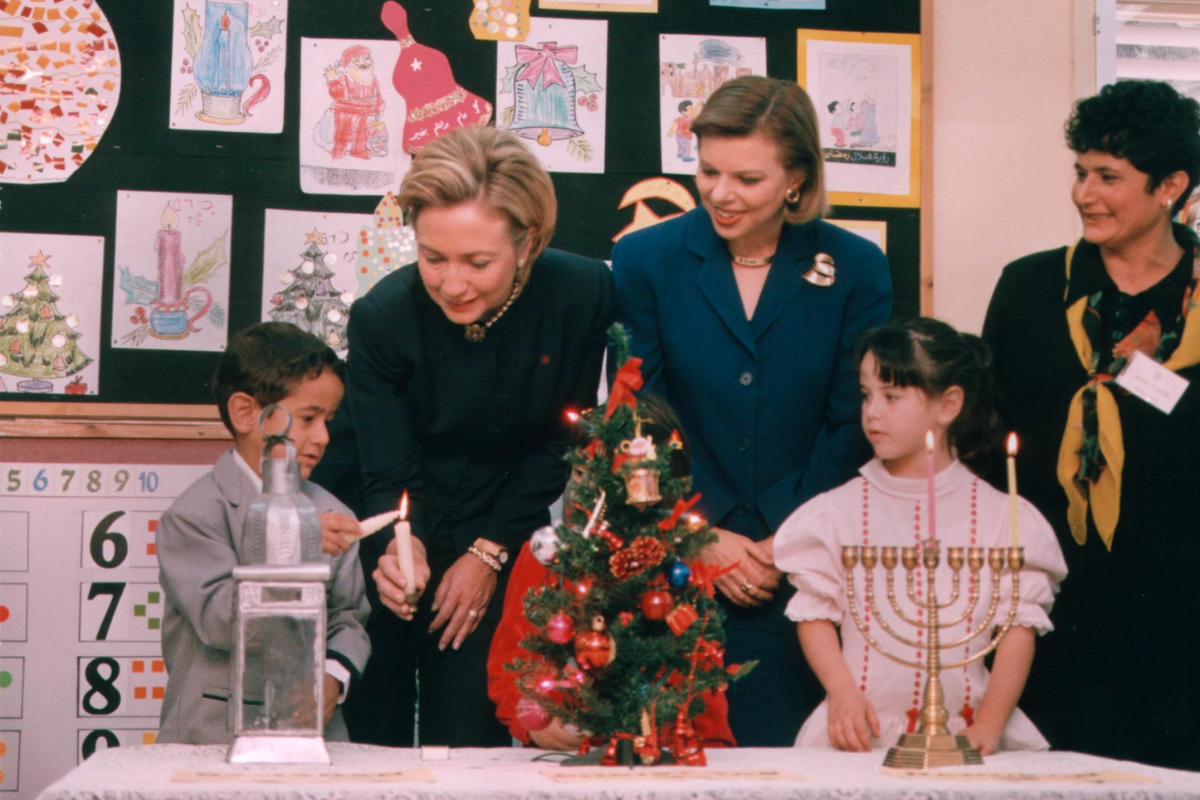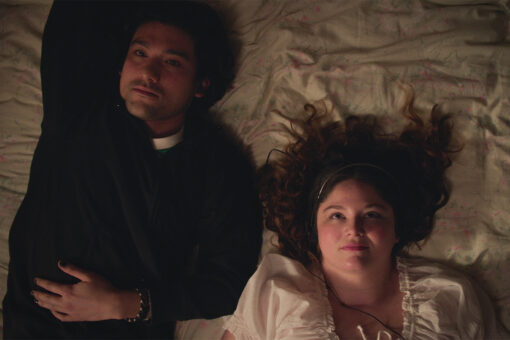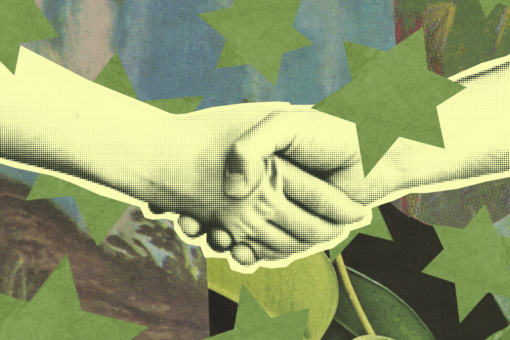When Bruno Hussar founded the small village of Neve Shalom – also known as Wahat al-Salam, or “Oasis of Peace” – in between Israeli and Palestinian territories, his intent was to found a place where both peoples could bring their families and live together peacefully. In the 2022 documentary film, “Children of Peace,” one of those children, Maayan Schwartz, explores the mission of this social experiment, as well as the effects that growing up in such a unique place had on the others raised there.
When I attended a screening of the film as part of the Israeli Film Center’s Festival in Manhattan, my own expectations were widely surpassed. Schwartz’s film is unafraid to explore all of the issues that inevitably come with the question of co-existence, and he is not interested in glossing over the messier parts that may arise. “Children of Peace,” while necessarily political, is crucially human-centric, and that is one of its greatest strengths.
Schwartz’s film skillfully cuts between old interview footage taken in the 1970s by reporters who have come to interview the children of Neve Shalom, and recent interviews with the same children, now adults, with Schwartz asking the questions. The film does not go out of its way to denote whether the person being interviewed is Jewish or Arab, but waits for it to naturally come out in the dialogue. The language of the film frequently switches between Hebrew and Arabic, and Schwartz explains that one of his goals with that was to make viewers become accustomed to the switch between the two languages.
In Neve Shalom’s elementary school, Palestinian and Israeli children are educated together, and brought up to be fluent in both Hebrew and Arabic. In one classroom clip, a teacher uses the two sides of a coin as an example to show how information can be weaponized, and how it is important to hear both sides of a story.
But Neve Shalom is not an entirely conflict-free utopia, and Hussar’s “oasis” still has to contend with the outside world. One such conflict came when it was time for the Israeli children to be conscripted for military service; Palestinians, even those who are Israeli citizens, are not conscripted for the military. In her interview, a woman named Shireen describes how she felt when her childhood friends joined the Israeli army, despite having grown up in a place that was supposed to foster peace and understanding. Even seeing the army uniforms, she explains, makes her instinctively scared, knowing the history of the Israeli army and the generational trauma her family and many other Palestinians have when it comes to the Nakba. Shireen recalls, upon returning to her parents’ village, other Palestinians asking her, “How could you have left your village to live with the Jews who took our land?”
Many of the former children of Neve Shalom also describe the immense pressure that they felt growing up in a social experiment for all the world to see. As Jewish interviewee Omer puts it, “We were put in a political experiment.” Mai, a Palestinian raised in Neve Shalom, adds, “My whole life I thought I had to bring peace to the Middle East. I realized that’s not all I am… My entire existence is accompanied by the conflict.”
Schwartz also asks his former friends about their time spent living outside of Neve Shalom. “When I started wearing a hijab,” Shireen says of her time living in East Jerusalem, “I became a nobody in the eyes of the entire Israeli system. I felt a soldier could shoot me on the street and get an award for it.” Shireen later decided to move back to Neve Shalom, fearing for the safety of her three boys in Israel. She wasn’t the only one. Many Palestinians returned to Neve Shalom because they saw no other option, no other place in Israel where they could be treated equally.
“What are you trying to accomplish in this film?” one of Schwartz’s subjects asks him at the end of their interview, turning the camera on the director. After a moment, Schwartz replies: “I’m trying to come home.”
The last segment of the documentary reveals that most of the Neve Shalom children have returned to the village, including Schwartz, and are raising their own children there. At the time of filming the documentary, there are 80 families living in Neve Shalom, and 450 families on the waiting list. The village has applied for building rights on nearby land in order to house more families, but the Israeli state has refused to allow it. In the documentary, Jewish interviewee Amit shares the sentiment that though the village may not have “succeeded,” the question of its success may not be the right one to ask. “[The village experiment] was a failure, yes,” he said. “But we fail all the time…the biggest failure is the war.”
Director Schwartz seems to agree, and it was interesting to hear more of his perspective at the Q&A that occurred after the screening of this film that I attended. He argued that Neve Shalom was more than just a question of success or failure. “Neve Shalom is just a story,” Schwartz said. “Like any other stories…[now] one of the stories you will have is about a place where Israelis and Palestinians live together…They’re trying, and they’re doing a dialogue.”
I was also able to speak with Schwartz over the phone after the Q&A, and he shared some of his fears and the realities around making this documentary. “When I was making this film, I was — [there is] a term in Hebrew — afraid for my own shadow,” Schwartz told me. “I had no idea how people would react — what about the right, the left, the Jews in Israel, the Arabs in Israel, the people in the village… I was really afraid, [but at the] end of the day, [once the film was released] I almost didn’t get any criticism. I actually got more good responses from people that weren’t at all in the same political opinion as me, and that was the best surprise. That people that didn’t see the same political views as me could watch the film and see the humanity of the characters… I think that was my goal.”
“Children of Peace” has been shown at screenings in both Israel and America. The BBC recently bought the rights to subtitle the film in Arabic in hopes of showing it to a larger Arabic-speaking audience. It is not currently available for streaming in the United States.
Editor’s Note: On July 8, this article was updated to correct misattributed quotes from the documentary, specify that Shireen was living in East Jerusalem, and correct that the film is being subtitled, not dubbed, in Arabic.



